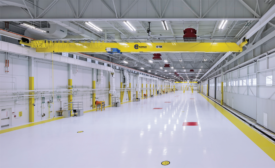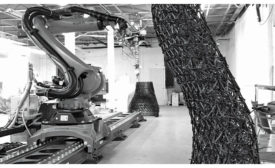Construction technology
New Heavy Lift Designs Emerge at Military Bases
An innovative approach to overhead crane design addresses engineering and construction dilemmas at two key helicopter hangars
Read More
Component Design Moves Beyond Standard Prefab
Prefabrication is creating next-generation change in the fast, efficient delivery of complex buildings
Read More
The latest news and information
#1 Source for Construction News, Data, Rankings, Analysis, and Commentary
JOIN ENR UNLIMITEDCopyright ©2024. All Rights Reserved BNP Media.
Design, CMS, Hosting & Web Development :: ePublishing













